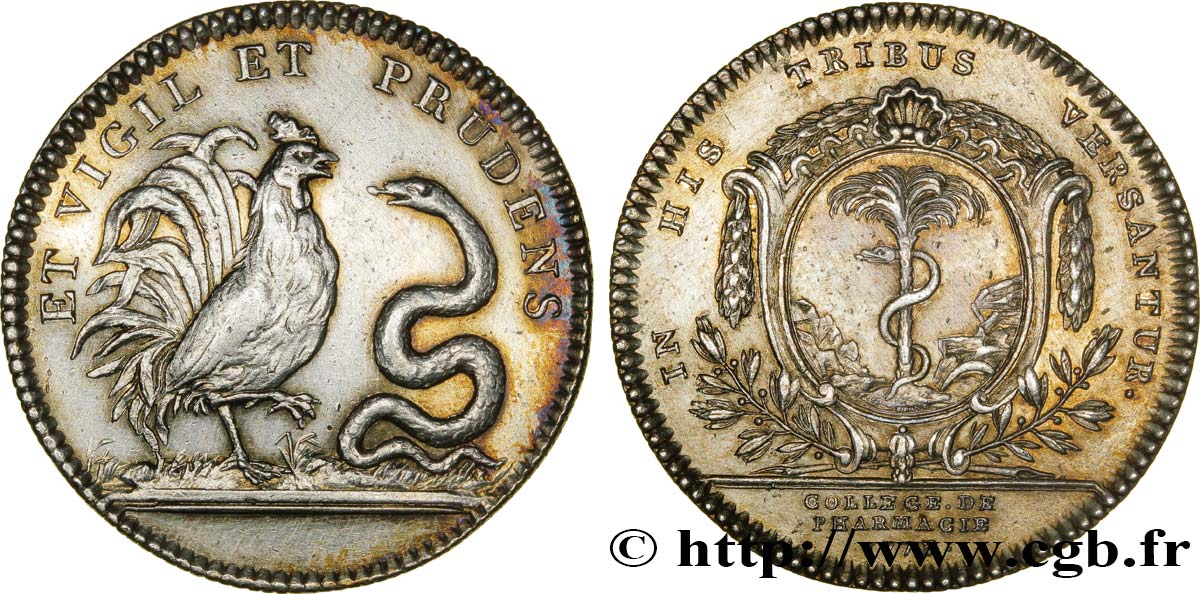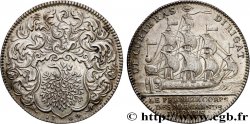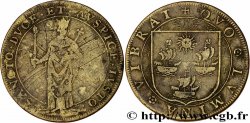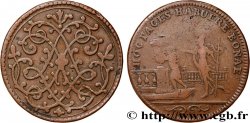E-auction 74-36662 - fjt_320527 - CORPORATIONS - LES SIX CORPS DES MARCHANDS DE PARIS COLLEGE DE PHARMACIE 1778
Usted debe firmar y ser un comprador aprobado para pujar, Inicia sesión para pujar. Las cuentas están sujetas a la aprobación y el proceso de aprobación se alcanzan dentro de las 48 horas. No espere hasta el día en una venta se cierra el registro.Al hacer una oferta en este artículo usted está firmando un contrato jurídicamente vinculante para comprar este artículo y haga clic en «oferta» constituye una aceptación de los términos de uso de e-auctions de cgb.fr.
La subasta debe ser colocado en euros enteros cantidades venta only.The se cerrará en el momento en la descripción del artículo, no se ejecutarán las ofertas recibidas en el sitio después de la hora de cierre. Veces Transmition pueden variar y las ofertas pueden ser rechazadas si espera a los últimos segundos. Para más información envie el FAQ.
SIN GASTOS PARA LOS COMPRADORES.
SIN GASTOS PARA LOS COMPRADORES.
| Valoración : | 75 € |
| Precio : | 41 € |
| Oferta más alta : | 41 € |
| Fecha de fin de la venta : | 15 septiembre 2014 19:02:30 |
| participantes : | 6 participantes |
Tipo : COLLEGE DE PHARMACIE
Fecha: 1778
Metal: plata
Diámetro: 32 mm
Eje de acuñación: 6 h.
Canto: cannelée
N° en los catálogos de referencia :
F.4758 - Dillemann 10
Anverso
Titulatura del anverso: ET VIGIL ET PRUDENS.
Descripción del anverso: Un serpent et un coq affrontés, symboles du savoir et de la vigilance.
Traducción del anverso: Aussi vigilant que prudent.
Reverso
Titulatura del reverso: IN HIS. TRIBUS VERSANTUR ; À L'EXERGUE : COLLEGE. DE PHARMACIE. 1778.
Descripción del reverso: Un palmier autour duquel s'enroule un serpent, formant un caducée.
Traducción del reverso: Ils sont versés dans les trois règnes.
Comentario
Feuardent pose problème pour ce jeton : il donne une année erronée, 1775 au lieu de 1778, et semble considérer que tous les jetons de ce type sont des refrappes. Notre exemplaire présente pourtant toutes les caractéristiques d'une frappe originale mais certainement pas effectuée en 1778. En effet, les frappes en bronze présentent les mêmes caractéristiques techniques et ont aussi la tranche cannelée, ce qui ne se conçoit pas pour le bronze à l'époque. Le motif du serpent et du coq remplace l'effigie royale probablement dès 1796, année plausible pour cette émission.
Feuardent poses a problem for this token: he gives an incorrect year, 1775 instead of 1778, and seems to consider that all tokens of this type are re-strikes. Our example, however, presents all the characteristics of an original strike but certainly not carried out in 1778. Indeed, the bronze strikes have the same technical characteristics and also have the fluted edge, which is not conceived for bronze at the time. The motif of the snake and the rooster replaces the royal effigy probably from 1796, a plausible year for this issue
Feuardent poses a problem for this token: he gives an incorrect year, 1775 instead of 1778, and seems to consider that all tokens of this type are re-strikes. Our example, however, presents all the characteristics of an original strike but certainly not carried out in 1778. Indeed, the bronze strikes have the same technical characteristics and also have the fluted edge, which is not conceived for bronze at the time. The motif of the snake and the rooster replaces the royal effigy probably from 1796, a plausible year for this issue








 Informar de un error
Informar de un error Imprimir la página
Imprimir la página Comparte mi selección
Comparte mi selección Haz una pregunta
Haz una pregunta Consignar / vender
Consignar / vender
 Descriptivo
Descriptivo









